

Failure to Feed or Fire
A failure to feed or fire happens when the gun doesn’t load the next round into the chamber like it’s supposed to or, the chambered round doesn't go off. You pull the trigger, and nothing happens. If you look at the top of the slide you'll see everything looks good. The slide is in battery and there is nothing sticking out of the ejection port.
I've seen this happen for a few different reasons:
Failure to feed
-
Weak magazine spring
-
Dirty gun
-
Bad ammo
-
Poor grip (also called “limp wristing”)
Failure to fire
-
Bad ammo
-
A light primer strike
-
No ammo in the magazine (happens more than you think)

How I Fix It: When I get a failure to feed, the first thing I do is tap, rack, bang.
-
Tap: I smack the bottom of the magazine with the palm of my hand to make sure it’s fully seated.
-
Rack: I pull the slide back hard and let it go, not riding it forward.
-
Bang: I realign my sights and get ready to shoot again if necessary.
Most of the time, a quick tap-rack-bang clears it right up. If it keeps happening, I know it’s time to check the magazine or the ammo. Sometimes swapping to a fresh mag or cleaning the gun makes all the difference.

Stovepipe
A stovepipe is when the empty casing doesn’t eject properly and gets stuck in the ejection port, standing straight up like a little chimney (hence the name "stovepipe"). It’s pretty easy to spot—you’ll see the brass sticking out where it shouldn’t be.
Common causes of stovepipes are:
-
Weak ammunition (especially cheap practice ammo)
-
Dirty or dry gun
-
Limp-wristing (not giving the gun a solid platform to work against)
How I Fix It: There are a couple of ways to clear a stovepipe. You can just simply run your hand across the slide or treat it pretty much the same way as a failure to feed, but with a slight twist. Here's what I do:
Run Hand Over the Slide
-
Tilt the gun back and run your hand front to back over the slide clipping the casing right off. Make sure you don't flash the muzzle.
-
Tap the slide back into battery for added measure and be ready to fire again.

Rack the Slide
-
Tilt the gun sideways slightly so the ejection port faces downward.
-
Rack the slide back hard to eject the casing and chamber a fresh round.
-
Get back on target and be ready to fire again.
I like using the Hand Over Slide method but either way works. It’s all about what works best for you and staying smooth and not panicking when you see one.

Double Feed
Now, a double feed is a little more serious and takes a few more steps to fix. A double feed happens when two rounds try to enter the chamber at the same time, and the gun basically jams up hard.
When I feel a double feed, I can usually tell right away because the slide locks up and won’t move much at all. It’s a stuck, crunchy feeling—not smooth like other malfunctions.
Double feeds can happen because of:
-
Bad or worn-out magazines
-
Dirty or damaged extractor
-
Bad ammunition
-
Act of God
How I Fix It: Here’s the simple way I clear a double feed:
-
Lock the slide back: Pull the slide back and lock it open if you can.
-
Drop the magazine: Hit the mag release and pull the magazine out. Sometimes you have to strip it out manually if it’s stuck.
-
Rack the slide several times: Pull the slide back hard two or three times to clear any rounds still stuck inside.
-
Insert a fresh mag: If possible, use a fresh, good magazine.
-
Rack the slide again to chamber a new round.
-
Get back on target.
It’s important to practice this because, under stress, you don’t want to be fumbling around figuring it out. At the range, I sometimes practice setting up double feeds manually just so I can stay sharp.
A Few Extra Tips I’ve Learned
-
Good magazines matter: I can’t stress this enough. So many malfunctions aren’t the gun’s fault—they’re caused by bad magazines. Always run quality mags and replace them if they start causing issues.

-
Strong grip is key: Many feeding and ejection problems come from shooters not gripping the gun firmly enough. Give the gun a good, locked-in platform to work off of.
-
Maintenance is huge: A dry, dirty gun is asking for trouble. Keep your pistol cleaned, oiled, and inspected, especially if you’re carrying it for self-defense.
-
Don’t panic: Malfunctions happen. Stay calm, run the drill you’ve practiced, and get the gun working again quickly and safely.
Final Thoughts
At the end of the day, pistol malfunctions aren’t a matter of if, but when. Even the best shooters with the best guns have to deal with failures sometimes. What separates a prepared shooter from an unprepared one is knowing how to quickly fix the problem without losing your head.
Failure to feed or fire, stovepipe, and double feed are the most common issues out there, and now you know how to handle them. If you haven't practiced malfunction drills lately, take some time next time you hit the range. It could make all the difference one day.
Remember—guns are machines, and machines can fail. It’s how you handle that failure that counts.
Stay safe and keep training!



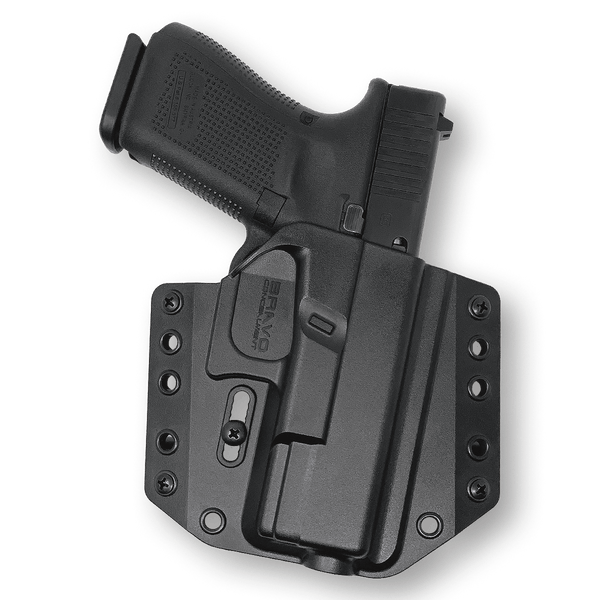
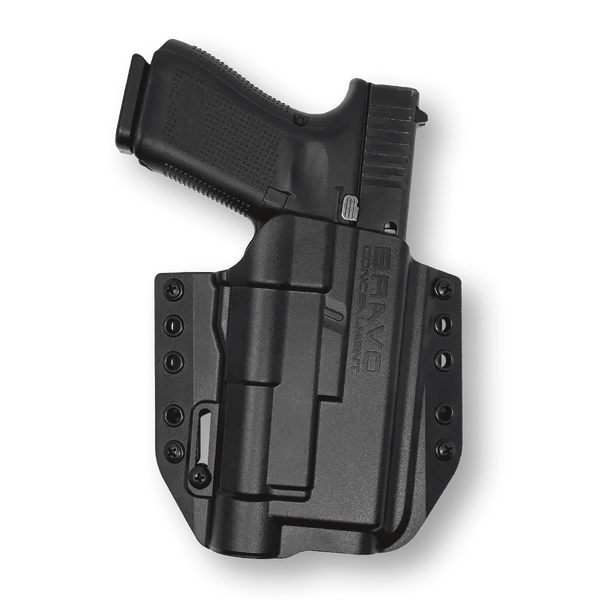
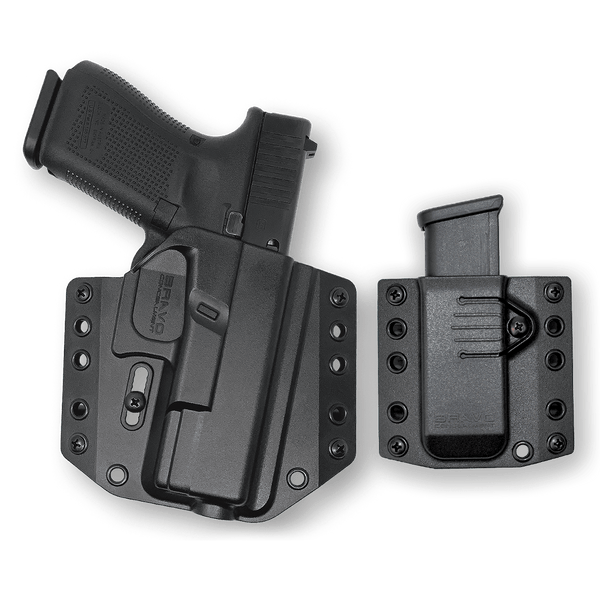

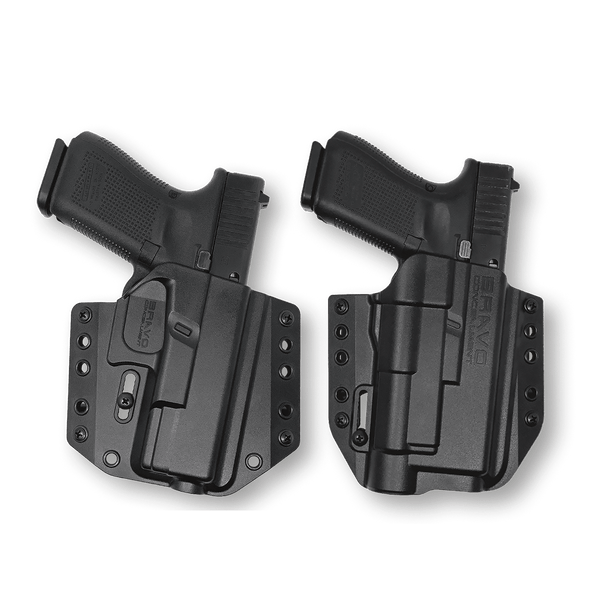
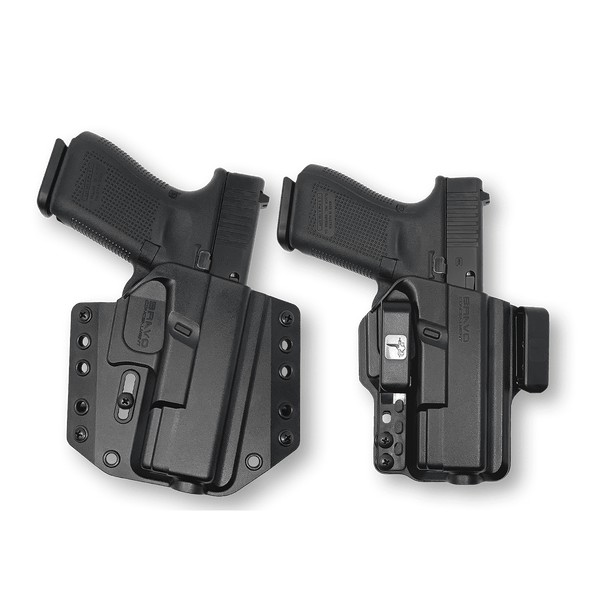
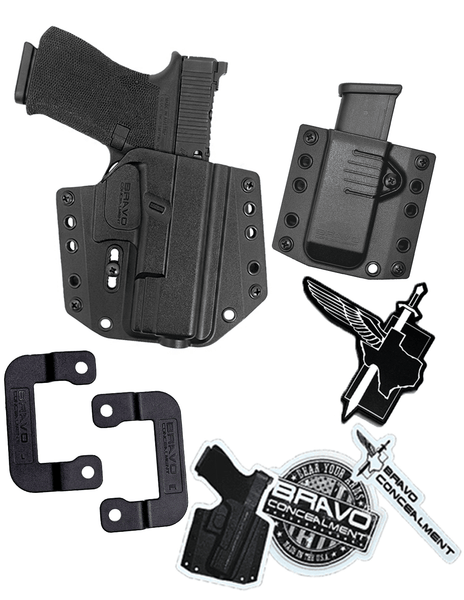
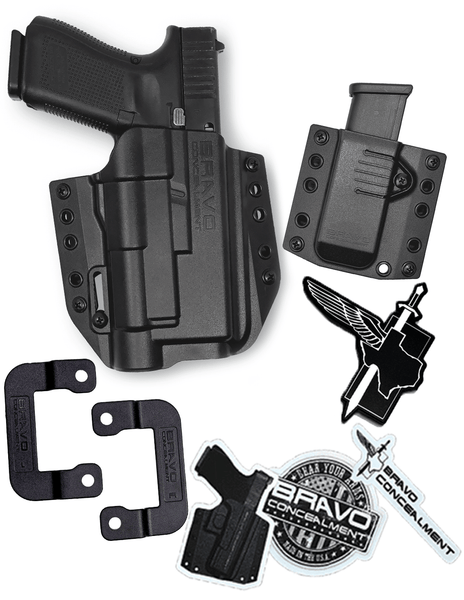
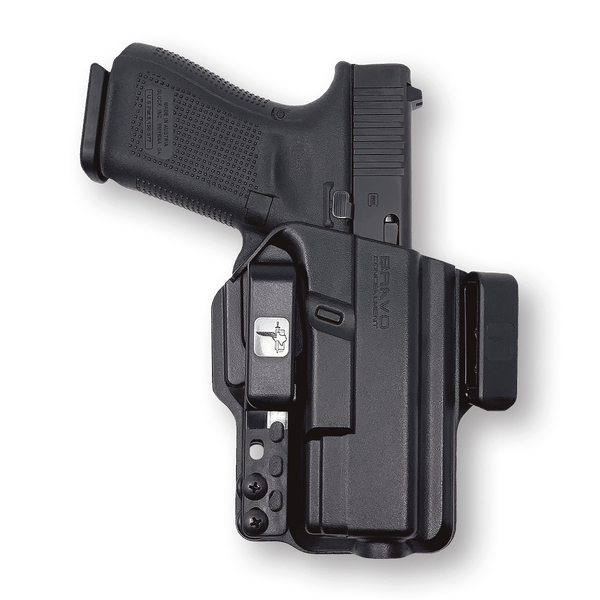
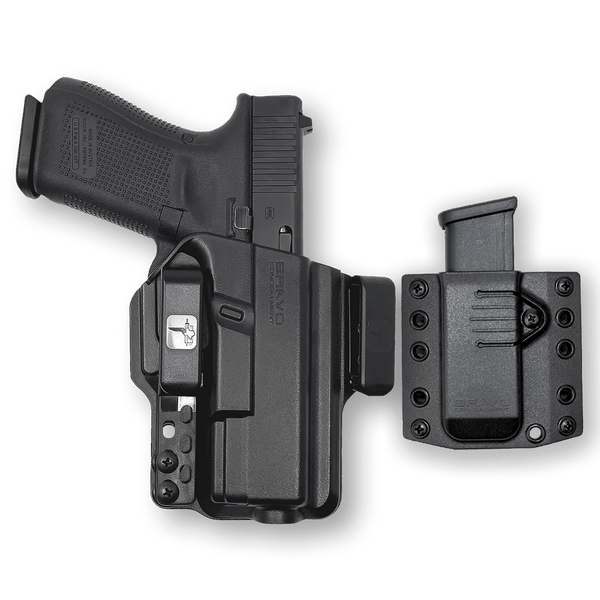
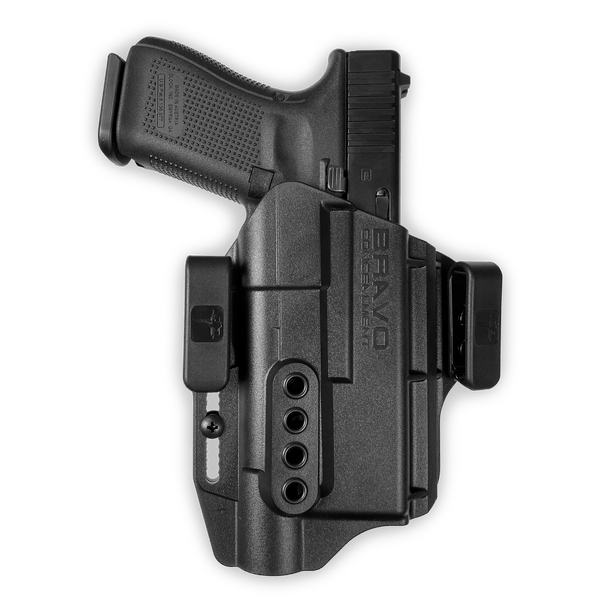
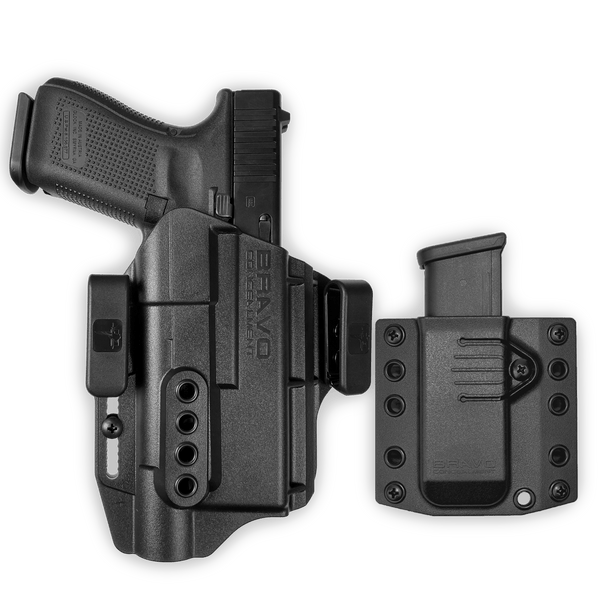
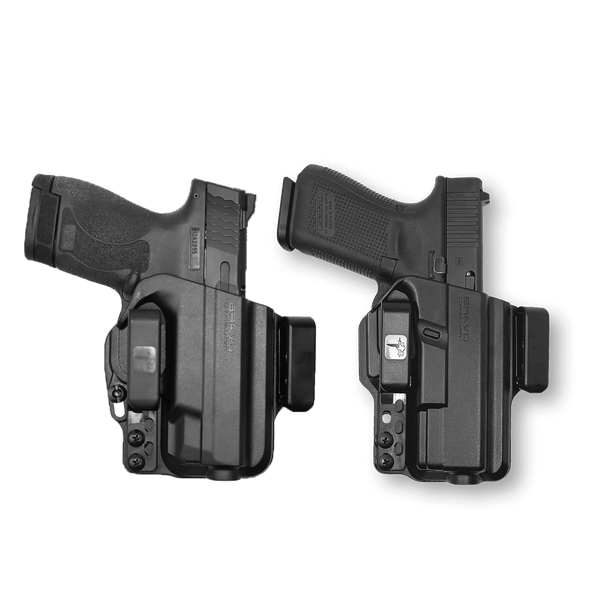
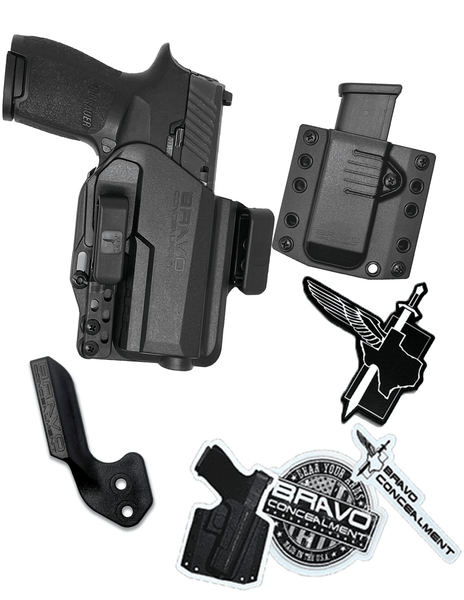

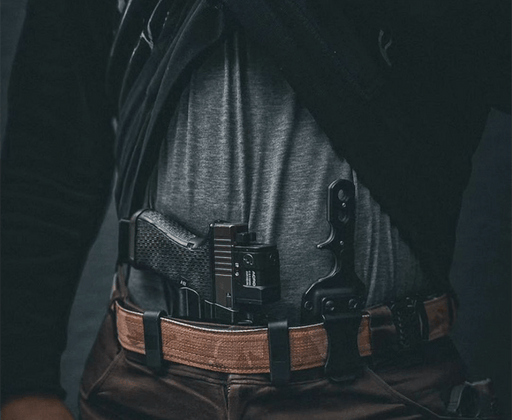
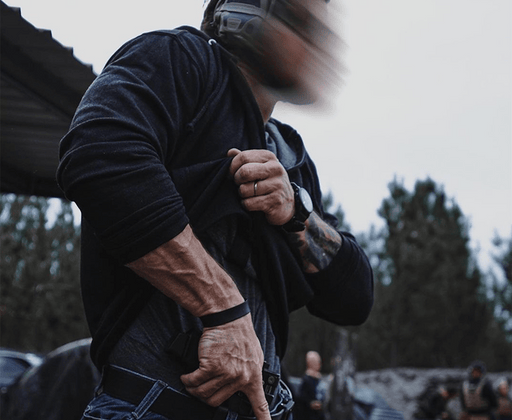
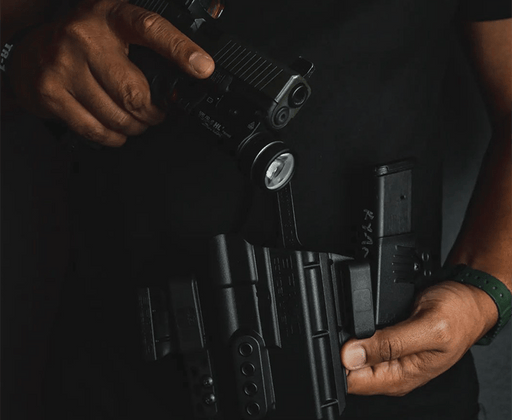
Leave a comment